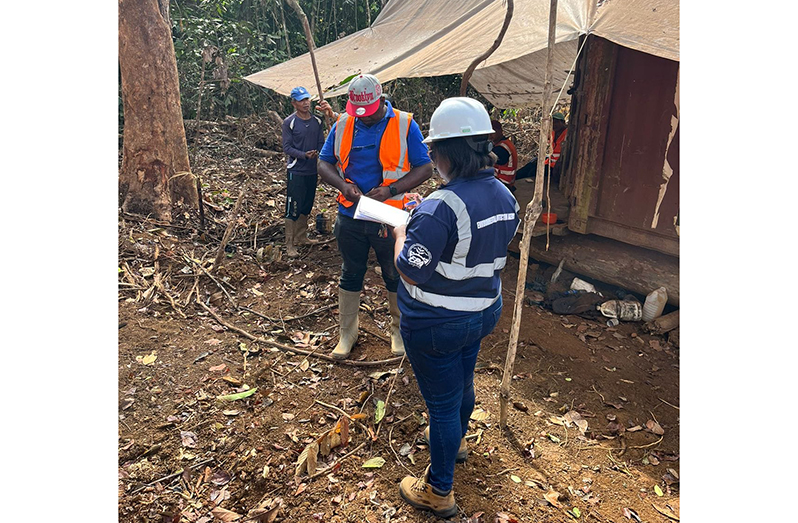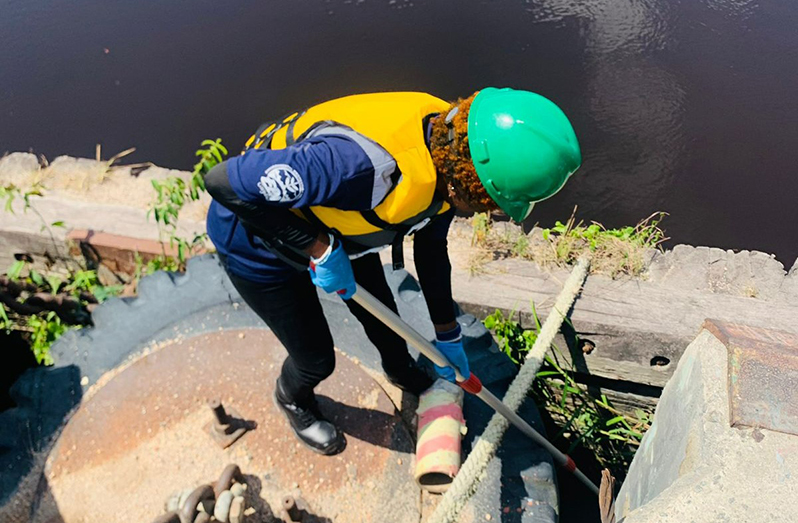The Environmental Protection Agency (EPA) plays a pivotal role in safeguarding the nation’s natural resources and promoting sustainable development through its rigorous regulation process. Understanding this process is crucial for businesses, industries, and individuals alike as they strive to coexist harmoniously with the environment.
The EPA was established in 1996 under the Environmental Protection Act Chap 20:05. Its primary mandate is to promote and coordinate environmental management and conservation efforts. The agency operates as a semi-autonomous body, overseeing various sectors to ensure compliance with environmental laws and standards.
The Regulatory Process
The EPA regulation process is a comprehensive and systematic approach designed to safeguard the environment and promote sustainable development. The key stages include:
Project Assessment and Approval:
Before any major development project commences, proponents must submit Environmental Impact Assessments (EIAs) to the EPA. These assessments thoroughly evaluate potential environmental impacts, providing a basis for informed decision-making. The EPA reviews these submissions to determine the feasibility and environmental sustainability of the project.

Permitting and Licensing:
Once a project is deemed environmentally viable, the EPA issues permits, outlining the conditions that must be met to ensure adherence to environmental standards. This step is crucial in balancing economic development and environmental preservation.
Monitoring and Compliance:
The EPA plays a crucial role post-approval. Regular monitoring is conducted to ensure that ongoing projects comply with established regulations. This includes inspections, data collection, and engagement with project stakeholders to promptly address any emerging environmental concerns.
Enforcement and Penalties:
In cases where non-compliance is identified, the EPA has the authority to take enforcement actions. This may involve issuing fines, revoking permits, or taking legal action against violators. These measures are essential to uphold the integrity of the regulatory framework and deter potential environmental transgressions.
Public Engagement:
The EPA recognises the importance of public participation in the regulatory process. It actively seeks input from communities, stakeholders, and non-governmental organisations to ensure a more comprehensive understanding of local concerns and values. Public consultations are conducted during the assessment phase, allowing community members to voice their opinions and contribute to decision-making.

As Guyana continues to experience economic growth and development, the EPA is poised to evolve and adapt its regulatory processes. Key focus areas will be the embracing of technological advancements, fostering international collaborations, and staying abreast of emerging environmental challenges. The agency remains committed to its mission of safeguarding Guyana’s environment for current and future generations.
You can share your ideas and questions by sending letters to: “Our Earth, Our Environment”, C/O Communications Department, Environmental Protection Agency, Ganges Street, Sophia, Georgetown, or email us at: eit.epaguyana@gmail.com. Follow us on Facebook and Instagram and subscribe to our YouTube channel.












